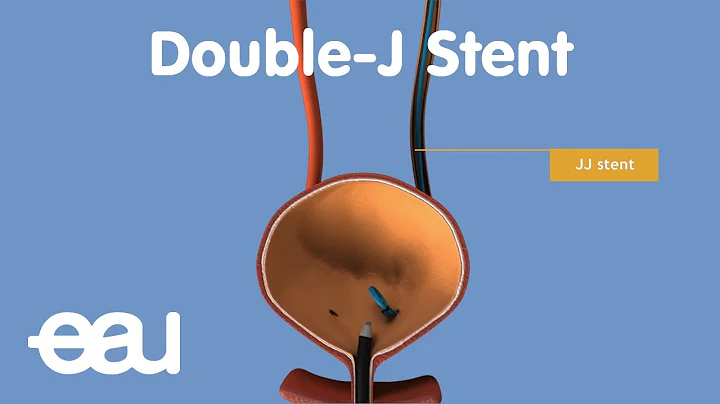Recently, the Urology Litholithiasis Team of Huaihua First People's Hospital published a latest original clinical research result "Comparison of pre- "indwelling double-J stents versus ureteral catheters for artificial hydronephrosis in percutaneous nephrolithotomy: A retrospective cohort study", related research work has been highly recognized by international urology colleagues.
This research work has received strong support and guidance from hospital leaders, the Ministry of Science and Education, Shu Tiehuan, director of the Department of Urology, and Shu Jianping, director of the Department of Urology and Litholithiasis. Yan Tingshuai, deputy chief physician of the Department of Urological Litholithiasis, and Quan Keli, chief physician, are the co-first authors of the paper, and physician He Gaofei is the corresponding author.

Our country is one of the three areas with a high incidence of urinary tract stones in the world, especially in the south, such as the Wulingshan area where Huaihua is located. In recent years, the incidence of stones has shown an overall upward trend. According to relevant research statistics, the prevalence of kidney stones among adults in my country is about 5.8%, which means that there is one kidney stone patient in every 17 people.
According to the guideline recommendations, percutaneous nephrolithotomy (the "minimally invasive stone removal" surgery known as "minimally invasive stone removal" surgery) is the preferred option for the treatment of complex kidney stones. Percutaneous renal puncture under the guidance of B ultrasound to establish a lithotripsy channel is the most critical step in percutaneous nephrolithotomy . When punctures , it is often necessary to artificially create hydronephrosis in order to obtain clearer images, especially for cases where there is no preoperative hydronephrosis or the hydronephrosis is not obvious. Traditional percutaneous nephrolithotomy usually involves placing a ureteral catheter and then injecting water or continuous infusion of normal saline by an assistant to create artificial hydronephrosis. However, this approach has many drawbacks in clinical practice.
The Urology Stone Department team of Huaihua First People's Hospital improved the original surgical method and explored a new method through literature search and clinical work summary, which is to create artificial hydronephrosis by pre-intention of double J tube , and achieved good clinical results. In order to compare the feasibility, safety, and effectiveness of creating artificial hydronephrosis by pre-indwelling DJ tubes during percutaneous nephrolithotomy, the
research team retrospectively analyzed a total of 1,258 cases diagnosed with hydronephrosis from 2017 to 2020. Clinical data of patients undergoing percutaneous nephrolithotomy for kidney stones. Among them, 682 patients had artificial hydronephrosis created by placing a DJ tube in advance during the operation, while 576 patients had artificial hydronephrosis created by using a ureteral catheter according to the traditional method. The results of this study indicate that it is very safe, feasible and effective to create artificial hydronephrosis by indwelling a DJ tube in advance during percutaneous nephrolithotomy, and is worthy of further clinical research and promotion.
The Department of Urology Litholithiasis of the First People's Hospital of Huaihua City is a key specialty of Huaihua City and a clinical medical technology demonstration base for urinary stone disease in Huaihua City. It is reported that the internationally renowned academic journal "Investigative and Clinical Urology" has been included in mainstream international databases such as Medline, SCIE, Web of Science, and Scopus, with a five-year average impact factor of 2.41. The publication of the research results proves that the Department of Urology Litholithiasis of Huaihua First People's Hospital not only has outstanding clinical advantages in the province, but also has made new breakthroughs in scientific research, contributing to the hospital's construction of a provincial-level regional medical and health center.
(Quan Keli He Gaofei)





















